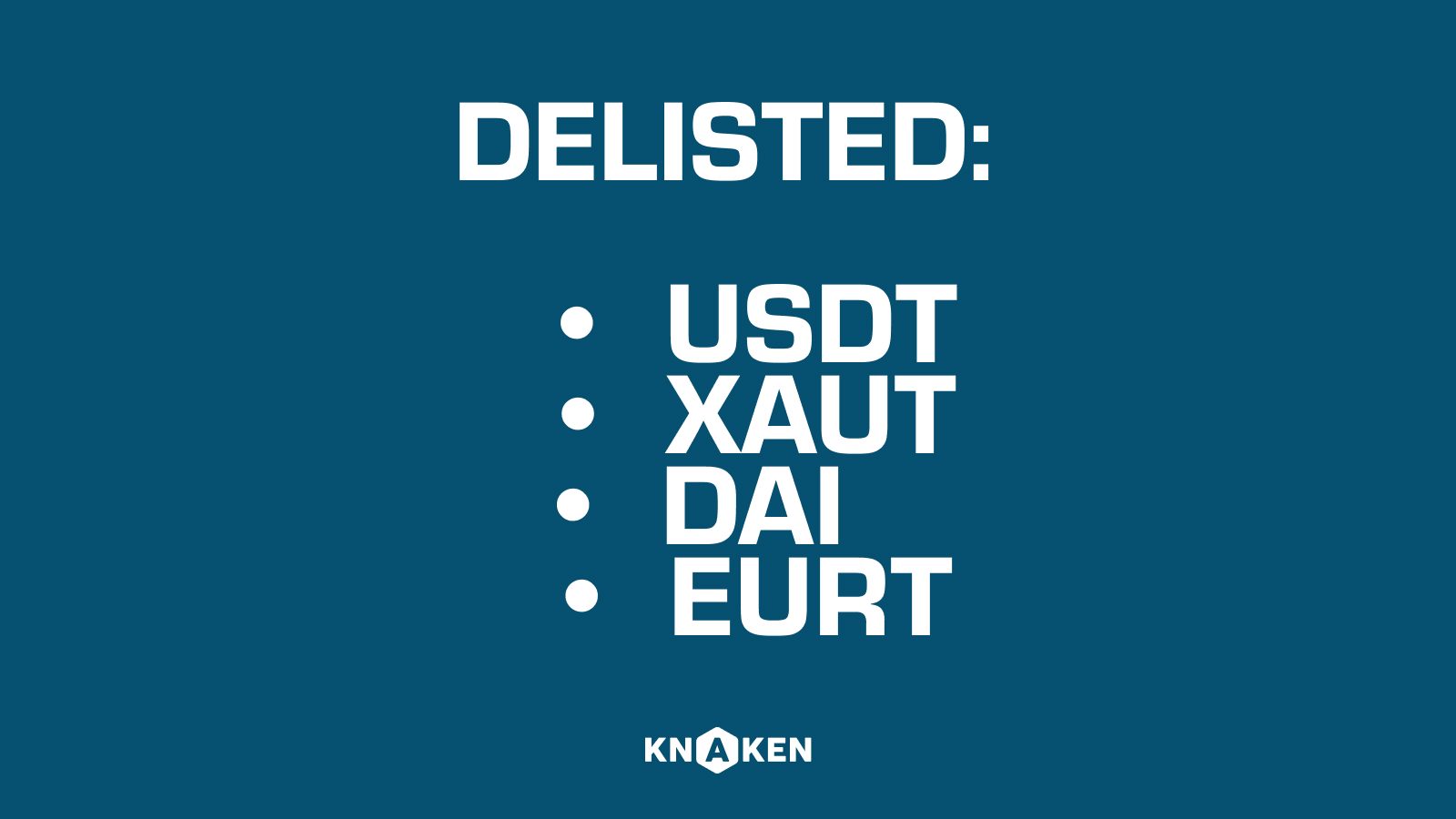Consensus Mechanism
Introduction to Consensus Mechanism
Consensus mechanisms are fundamental components of blockchain technology that ensure the integrity and security of decentralized networks. These protocols enable distributed participants to agree on the state of the blockchain without requiring a central authority, thereby maintaining the trustworthiness of the system. The choice of a consensus mechanism can significantly affect the performance, scalability, and energy efficiency of a blockchain.
Types of Consensus Mechanisms
There are several types of consensus mechanisms, each with its unique approach to achieving agreement among network participants. The most widely used consensus mechanisms include:
- Proof of Work (PoW): This mechanism requires participants, known as miners, to solve complex mathematical problems to validate transactions and create new blocks. The first miner to solve the problem gets to add the block to the blockchain and is rewarded with cryptocurrency.
- Proof of Stake (PoS): In PoS, validators are chosen to create new blocks based on the number of coins they hold and are willing to “stake” as collateral. This method is generally more energy-efficient compared to PoW.
- Delegated Proof of Stake (DPoS): An evolution of PoS, DPoS allows coin holders to vote for a small number of delegates who are responsible for validating transactions and maintaining the blockchain, improving speed and scalability.
- Byzantine Fault Tolerance (BFT): This mechanism is designed to reach consensus even when some of the participants may act maliciously or fail. Variants like Practical Byzantine Fault Tolerance (PBFT) are commonly used in permissioned blockchains.
- Proof of Authority (PoA): In this model, a limited number of verified nodes (authorities) are given the right to validate transactions. It is commonly used in private blockchains due to its efficiency and reduced risk of malicious behavior.
- Proof of Space and Time (PoST): This consensus mechanism uses an allocation of physical storage space to validate transactions, encouraging users to provide storage capacity over computational power.
- Hybrid Mechanisms: Some blockchain networks combine elements of different consensus algorithms to leverage the strengths while mitigating the weaknesses of individual mechanisms.
Importance of Consensus Mechanism
The choice of a consensus mechanism is critical for several reasons:
- Security: A robust consensus mechanism protects the network against attacks, ensuring that fraudulent transactions cannot be validated.
- Decentralization: Effective mechanisms promote decentralization, ensuring that no single entity can control the network.
- Scalability: The mechanism influences how many transactions the network can process at any given time, impacting overall performance.
- Energy Efficiency: Different consensus mechanisms vary significantly in their energy consumption, with PoW often criticized for its high energy usage compared to alternatives like PoS.
Challenges and Future Directions
Despite their advantages, consensus mechanisms face various challenges:
- Energy Consumption: PoW, in particular, has drawn scrutiny for its substantial energy requirements, leading to calls for more sustainable solutions.
- Centralization Risks: Some PoS implementations can lead to centralization, where wealth concentration enables a few participants to dominate.
- Network Congestion: Increased transaction volumes can overpower specific mechanisms, leading to delays and higher transaction fees.
The future of consensus mechanisms may include:
- Development of Eco-Friendly Options: Innovations aiming to reduce energy consumption and increase sustainability are likely to shape the next generation of consensus models.
- Adaptive Mechanisms: Future systems may adopt hybrid models that can switch between different consensus mechanisms based on network conditions.
- Improved Security Measures: Ongoing research focuses on enhancing security mechanisms to minimize the risk of attacks.
Conclusion
In conclusion, consensus mechanisms are vital for the functionality and reliability of blockchain networks. As the technology evolves, ongoing research and development will continue to refine these mechanisms, addressing current challenges and paving the way for the future of decentralized systems. Understanding the various types of consensus mechanisms and their implications is essential for anyone involved in the cryptocurrency and blockchain space.


















